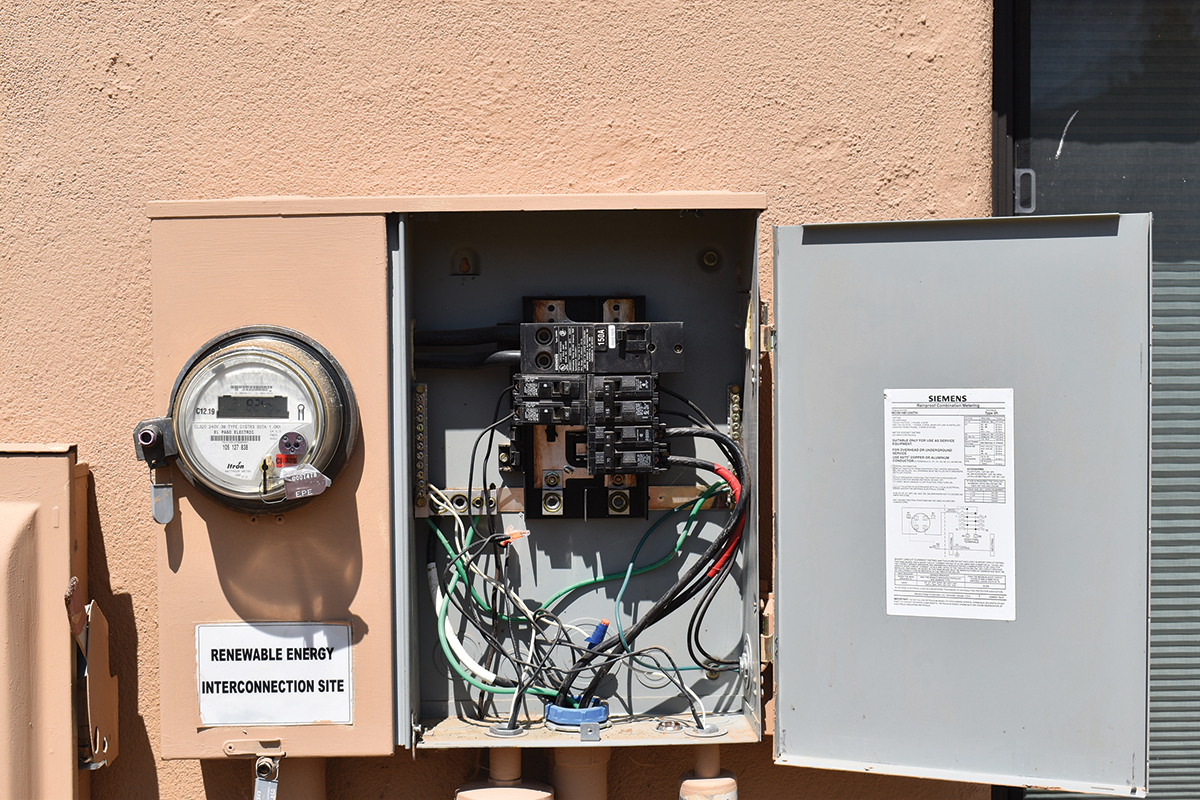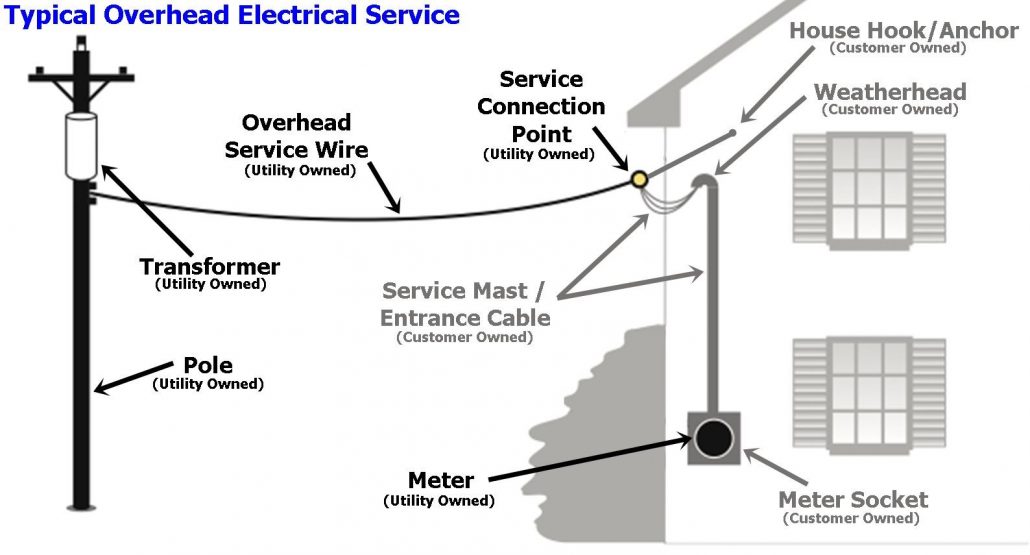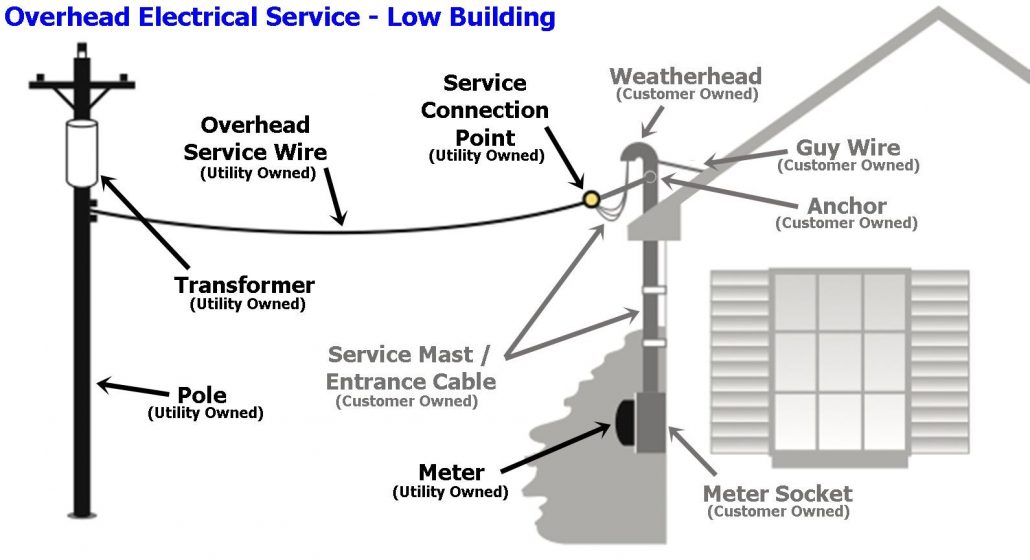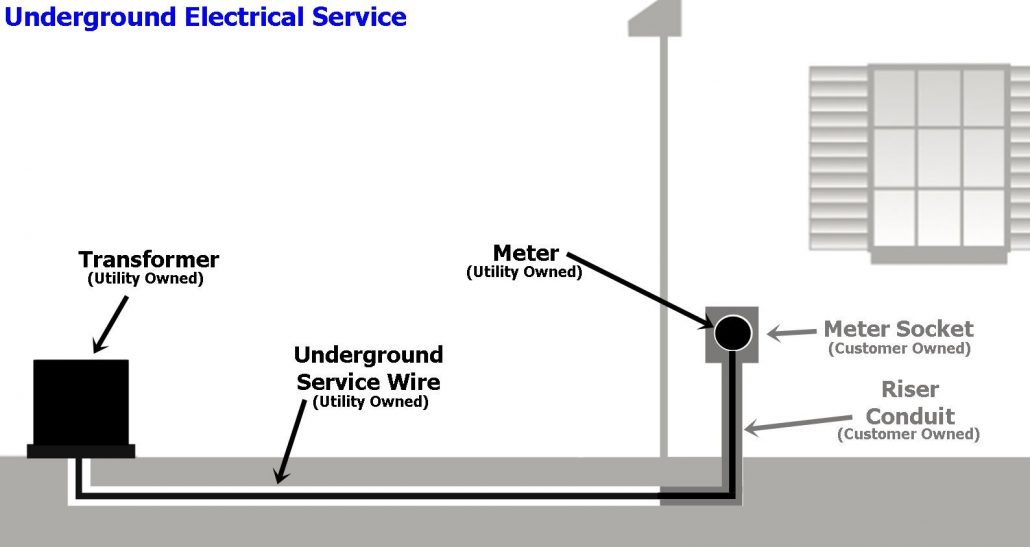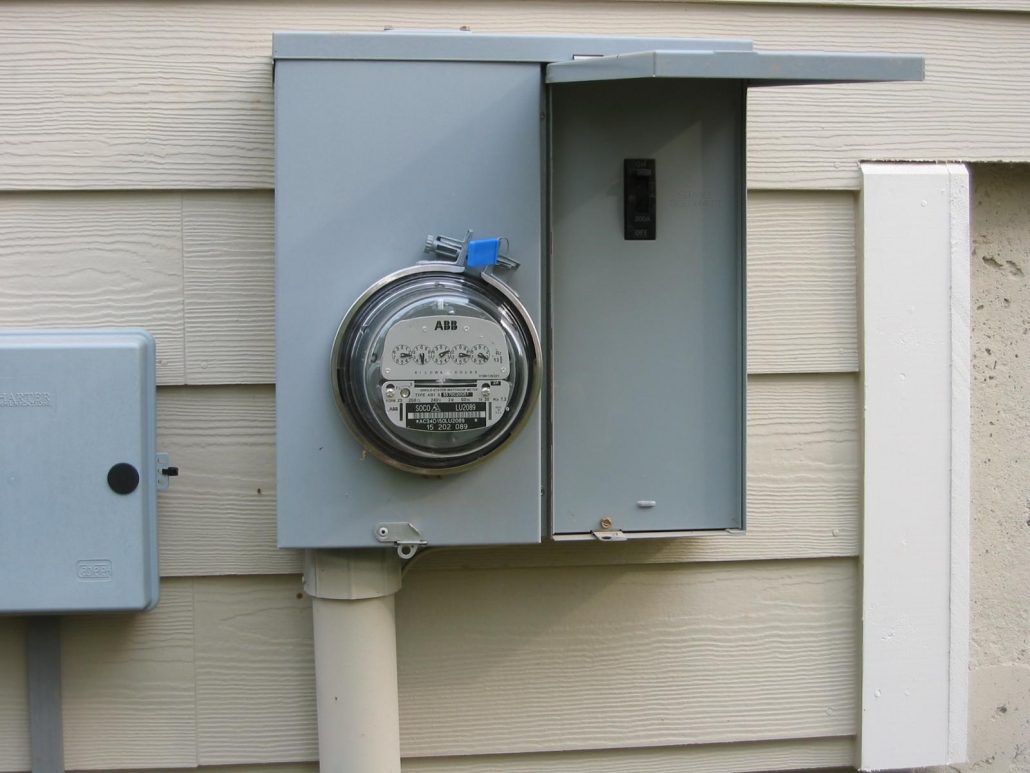Understanding Your Electrical Panel: Basics Every Homeowner Should Know
You may know it as a mysterious metal box hidden in a remote part of your home, or maybe it is covered with a picture frame or a fancy painting. Either way, you rarely think about it, until one summer day you have multiple wall air conditioners running in the bedrooms while someone decides to use the hairdryer in the bathroom. Then you need it–your circuit breaker panel or fuse box.
Understanding the basics of your home’s electrical panel is essential in safely and easily handling electrical problems when they arise. Most homeowners might visit their panel about once a year. For newer homes, there may never be a need to visit it. For older homes with antiquated or deteriorating electrical systems, like many in the South Bay area of Los Angeles, it may be a routine visit.
No matter the case, here are five electrical panel basics every homeowner should know about:
- Your Home Electrical Service
- Main Electrical Service Panel
- Service Distribution Panel and Branch Circuits
- Circuit Breaker Panels and Fuse Boxes
- What Can Go Wrong With Panels and Breakers
Your Home Electrical Service
Your home’s electrical system begins with power purchased from your electric utility company. Electrical power is sent to your home through electrical lines from an overhead power pole or underground buried pipes. Overhead power lines lead to a service mast or entrance cable; underground pipes lead to a conduit:
In single-family residences, the owner of the building owns the electric service panel. The owner is responsible for all issues related to the panel, not the electric company.
Main Electrical Service Panel
The main electrical service panel is like the switchboard for the home. It receives incoming power from the utility company and distributes it to each of the branch circuits that supply the various fixtures, outlets, appliances and other devices throughout the house. The main circuit breakers are usually at the top of the main panel. These breakers can shut off all the electricity to the house, but they do not shut off the electricity that runs to the breakers from the utility company’s electric meter. (These wires remain live unless the utility company shuts off the service to the home.) So everything but the incoming utility power can be shut off and turned on at the main service panel. In order to shut off individual areas of the home, rather than all electricity to the entire home, individual circuits can be accessed through the service distribution panel.
Service Distribution Panel and Branch Circuits
From the main service panel, power is distributed throughout various parts of the home via branch circuits. All branch circuits originate at either the main electrical service panel or the service distribution panel. The panels are equipped with some type of mechanical device for disconnecting the home’s electrical circuits from incoming power in the event of a failure in the electrical system–usually an overload that could cause the wires to heat excessively or even catch fire. Although the main breaker is used to turn all branch circuits to ON or OFF at the same time, there are times only one branch circuit to a certain area of the home needs attention. Any electrical repair in your home involves turning off the power to the circuit to be worked on, and this is done at the service distribution panel. Depending on when your home was built, your service distribution panel may be either a circuit breaker panel or a fuse box.
Circuit Breaker Panels and Fuse Boxes
When a circuit draws more current than it is designed to handle, the wiring gets hot and poses a fire hazard. Excessive current in a circuit is prevented by the use of overcurrent safety devices, which disconnect incoming power to individual circuits of the home when necessary. In most contemporary systems, these mechanical devices are called circuit breakers. A circuit breaker is a switch that may be shut off manually or tripped automatically by an electrical system overload. In many homes with older systems, the devices used for disconnecting power are called fuses. Fuses can be manually pulled out to disconnect power or become automatically “blown”–cutting off power as a safety measure against electrical overload. (Click for more on fuse boxes and how they differ from circuit breaker panels.) Circuit breakers and fuses are the weakest links in each electrical circuit, designed to fail safely. It is important to know what to be aware of when ensuring proper function of these electrical safety devices in your home.
What Can Go Wrong With Panels and Breakers
- Corrosion
- Overloaded Circuits or Panels
- Outdated Fuse Box
Corrosion
During professional home inspections, rust on the panels is a very common observation–even with the covers in place. If rust can be found on the outside of the panel, this is evidence of corrosion on the inside. Corrosion leads to loss of material and weakens connections between wires, damaging the breakers and creating a fire hazard. Electrical service panels should be inspected regularly for signs of corrosion.
Overloaded Circuits or Panels
Most household circuits are rated either 15-amps or 20-amps. It is important to remember that circuit breakers can only handle about 80% of their overall amperage. That means a 15-amp circuit breaker can handle around 12 amps; a 20-amp circuit breaker can handle about 16 amps. When too many appliances or fixtures are connected to the same circuit, the overcurrent safety will frequently trip or blow.
The maximum amperage that a service panel may deliver at one time is marked on the main breaker. For some homes, a 100-amp or 150-amp panel may be sufficient to handle all electrical needs; but larger homes, upgraded homes or installation of additional or new appliances would require 200-amp services to ensure plenty of capacity and peace of mind. Click to find out if your home is in need of a panel upgrade.
Outdated Fuse Box
Since fuse boxes are of old technology, all residential fuse boxes are old. All older electrical systems have the potential to become unsafe if not well maintained. Fuse boxes also date back to a time where there was much less demand for electricity, and a 60-amp electrical service panel is insufficient for the needs of modern home living.
If you suspect any of the above issues in any of your residential electrical panels, do not hesitate to contact us at Penna Electric. We are here to answer any questions or address any concerns you may have about your residential electrical panels.
Resources
A Simple Electrical Upgrade Can Upgrade Your Quality of Life
The right electrical upgrade can dramatically improve the value and appearance of any home or business. You’ll be amazed at what a difference the right electrical upgrade can make for your home or business. Make sure that when you select an electrical company to do the enhancement of your home and you have decided to take your enhancement to the level where you require an electrical upgrade that the technician at the company has a good working knowledge and the experience to properly guide you in this area.
When you decide to upgrade, our well-trained and certified electricians have all the experience and training needed to complete your electrical panel upgrade project from start to finish, with a minimum of fuss or disturbance. Please contact us right away at 310-800-2401


